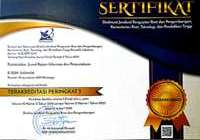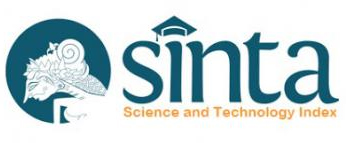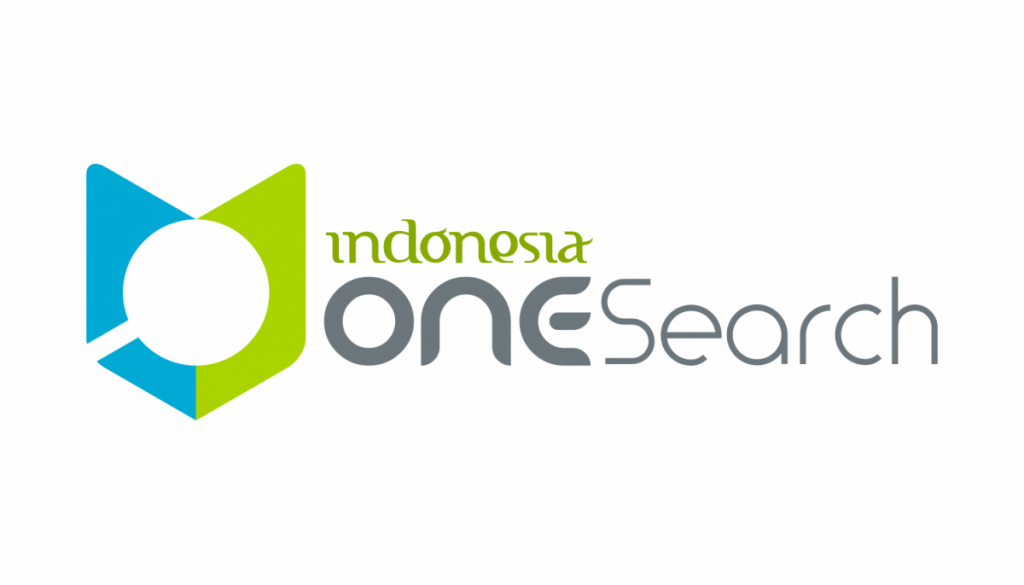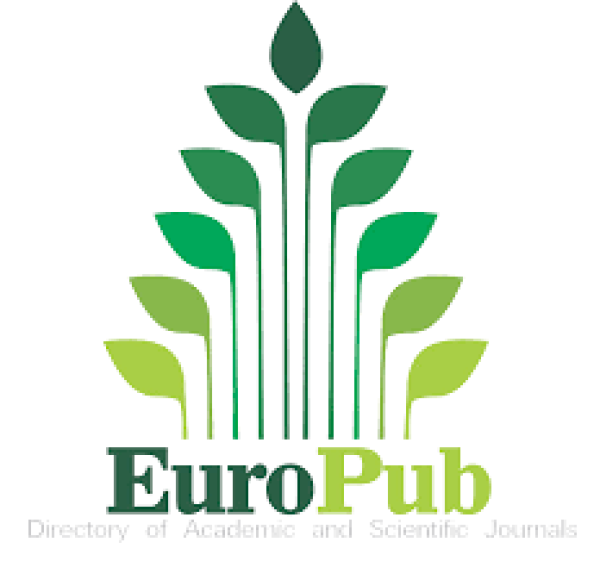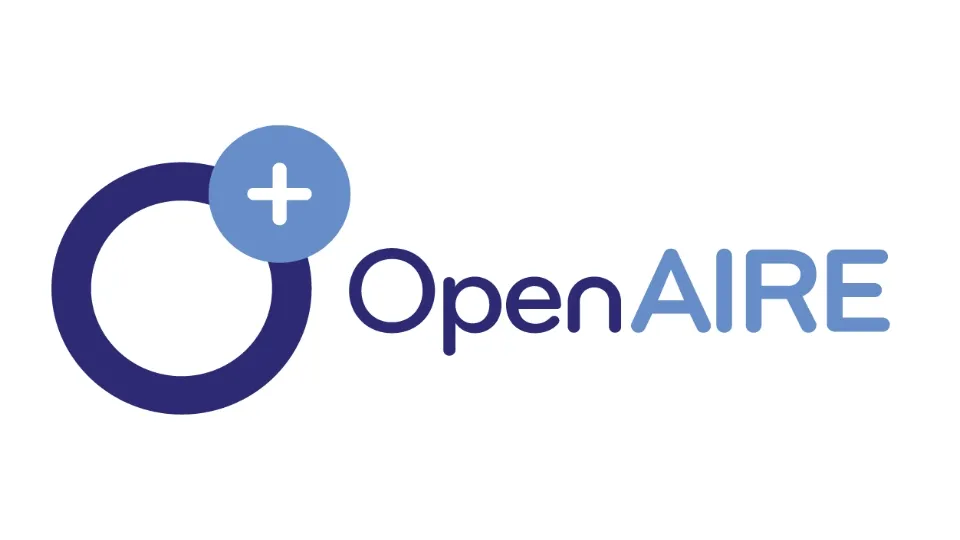Analisis Paro Hidup (Half-Life) dan Keusangan Literatur pada Artikel Jurnal Simbur Cahaya Fakultas Hukum Universitas Sriwijaya Periode Tahun 2018-2022
DOI:
https://doi.org/10.21154/pustakaloka.v16i1.9582Abstract
This research aims to understand the degree of obsolescence of the literature cited in each Simbur Cahaya Journal article in 2018-2022 and the level of up-to-date information summarized in the Simbur Cahaya Journal seen from the half-life of the literature in the documents cited in 2018-2022. This research uses descriptive research methods with a quantitative approach. Sampling uses a total sampling technique, or the total population is an example. The data was taken from the bibliography or bibliography list contained in the Simbur Cahaya Journal articles for 2018-2022, where every year is published twice (June - December) with 92 article titles, which are analyzed using bibliometric analysis using the law of obsolescence and half-life which is a technique calculation of document obsolescence seen from the half-life level of a piece of literature. The research results show that most of the literature used by the Simbur Cahaya Journal is older than their half-life. For the half-life of the Simbur Cahaya Journal of 5 years, the period from 2018 to 2022 is 17.2 years. It can be concluded that the Simbur Cahaya Journal of the Faculty of Law, Sriwijaya University for 2018-2022 complies with the guidelines of Minister of Education and Culture Regulation Number 22 of 2011 concerning Scientific Periodicals and can be used as a reference for other written works.
Keywords: Level of Literature Obsolescence; Update of Information; Bibliometrics
Downloads
Published
Issue
Section
License

This work is licensed under a Creative Commons Attribution-NonCommercial-ShareAlike 4.0 International License.
Requirements to be met by the author as follows:
- Author storing copyright and grant the journal right of first publication manuscripts simultaneously with licensed under the Creative Commons Attribution License that allows others to share the work with a statement of the work's authorship and initial publication in this journal.
Authors can enter into the preparation of additional contractual separately for non-exclusive distribution of a rich version of the journal issue (eg: post it to an institutional repository or publish it in a book), with the recognition of initial publication in this journal.
Authors are allowed and encouraged to post their work online (eg, in institutional repositories or on their website) prior to and during the submission process, because it can lead to productive exchanges, as well as citations earlier and more severe than published works. (see The Effect of Open Access).


